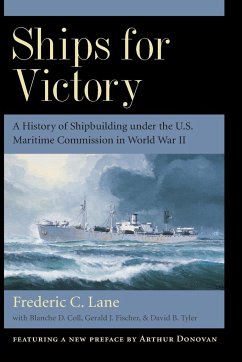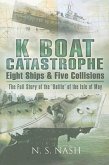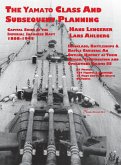During World War II, America's shipbuilding industry, mobilized under the U.S. Maritime Commission, set records of production that have never been equaled. Given the daunting task of building ships faster than they were being sunk, shipbuilding firms across the country found new ways to increase their efficiency and scale of production. Huge new shipyards were built, a labor force of 640,000 was employed, and over 55 million deadweight tons of ocean-going ships were delivered, including the famous Liberty and Victory ships. First published in 1951, Ships for Victory chronicles this remarkable wartime program in magisterial detail: the development of revolutionary construction methods; the upheavals in management, awarding of contracts, and allocation of steel and other materials; the recruitment, training, housing, and union activities of the workers; the crises, confusions, and scandals that arose; and the role of shipbuilding within the total war effort.
Bitte wählen Sie Ihr Anliegen aus.
Rechnungen
Retourenschein anfordern
Bestellstatus
Storno








